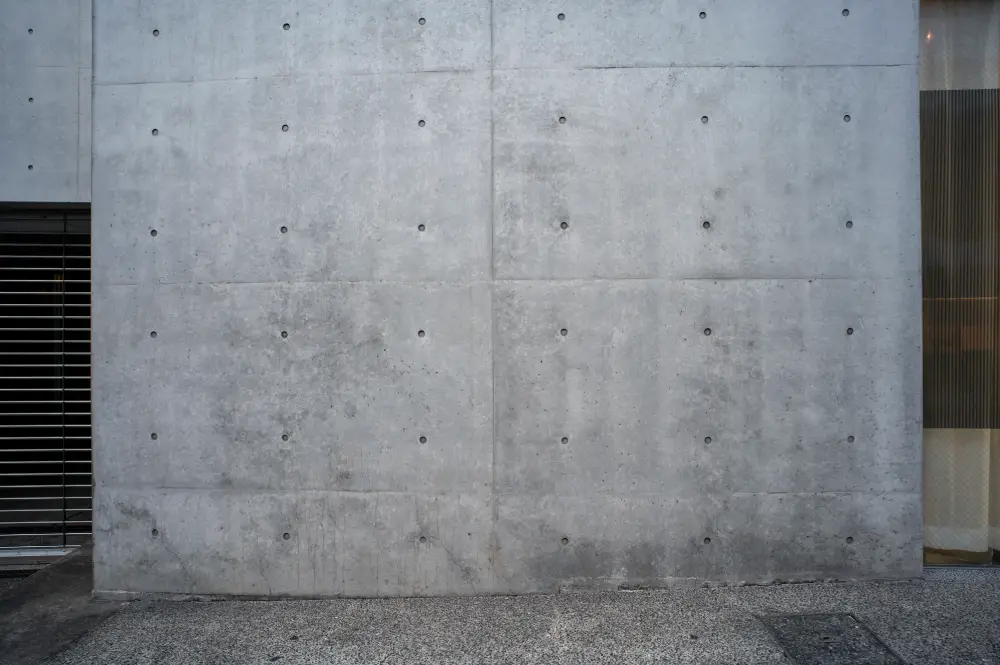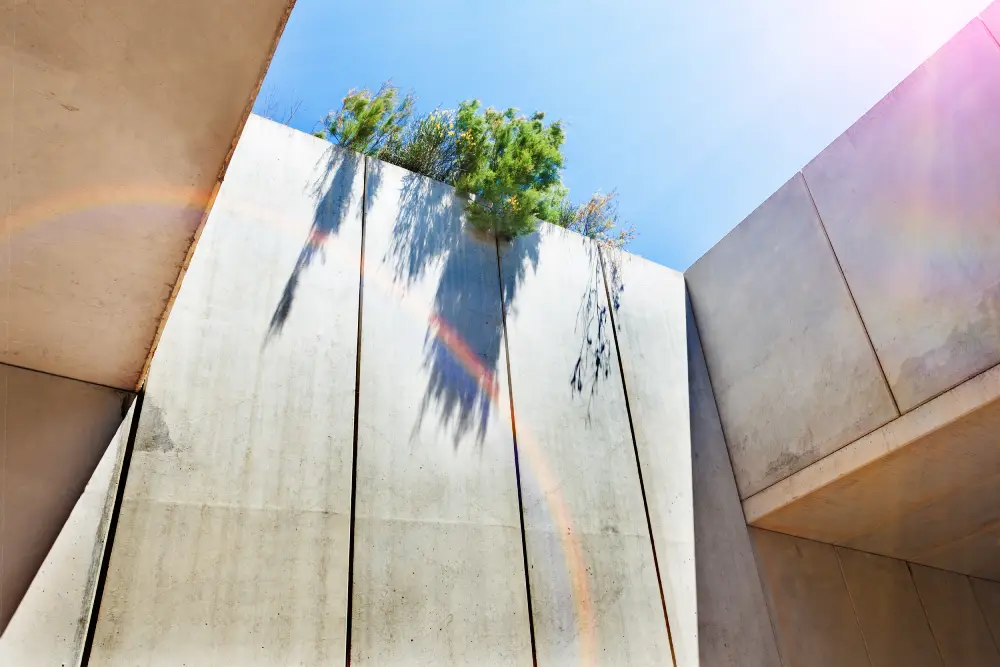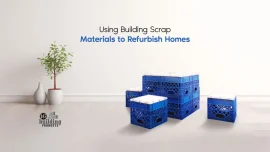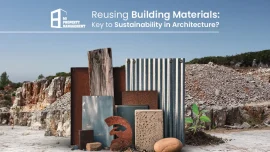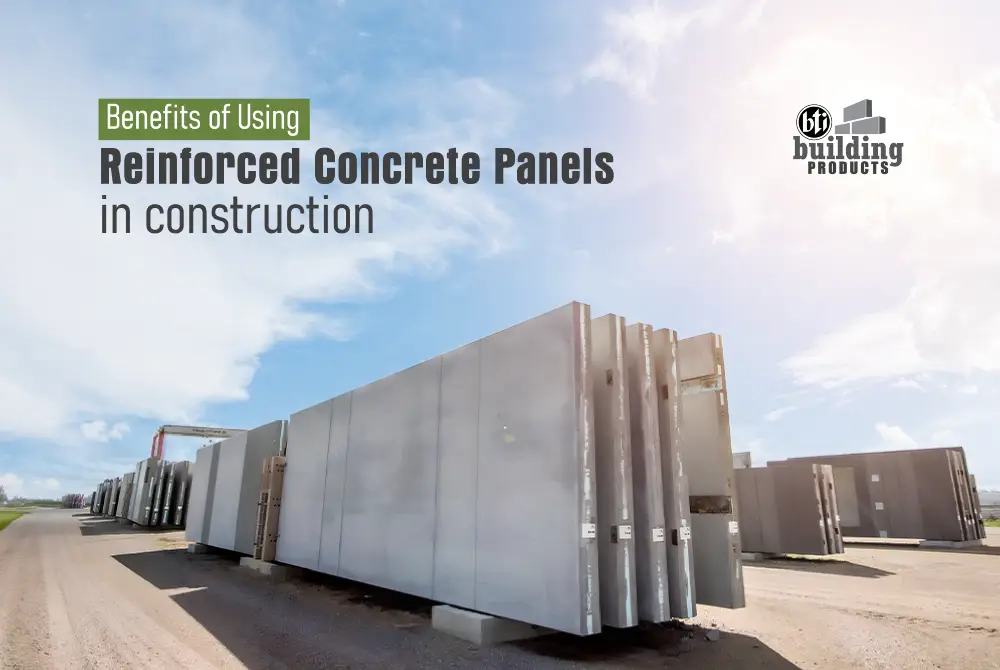
Benefits of Using Reinforced Concrete Panels in Construction
With the evolving construction milieu, builders and developers continually seek construction materials that are efficient, strong, and cost-effective. Reinforced concrete panels are among the numerous materials that have garnered extensive popularity. Cast-in-place or prefabricated panels merge the load-bearing capacity of concrete with supplementary strength from the reinforcement of steel to provide numerous benefits that have made them an indispensable material for contemporary construction works. Reinforced concrete panels have proven themselves to be reliable and innovative, from houses to large commercial buildings.
This blog will address the primary advantages of reinforced concrete panels in construction and why they are becoming the first choice for architects, engineers, and contractors.
Superior Structural Strength and Durability
Reinforced concrete panels are designed to carry heavy loads and pressures and are thus ideal for both load-bearing and non-load-bearing structures. The combination of concrete’s compressive strength and steel’s tensile strength helps the panels resist cracking, bending, and deformation even in harsh weather or seismic activity. This qualifies them for use in high-rise buildings, bridges, parking facilities, and factory plants.
Also, reinforced concrete exhibits excellent resistance to wear and tear, corrosion, and fire, thereby ensuring a longer life and less maintenance requirement. This structural durability translates into long-term savings in costs and increased reliability.
Faster Construction and Time Efficiency
Time is a critical factor in any building project. Reinforced concrete panels, especially when precast under controlled conditions, enable quick installation on site. Since these panels are manufactured to specific requirements, they reduce the need for on-site alterations and accelerate the construction process. This not only shortens project durations but also reduces labor expenses and improves scheduling certainty.
Prefabricated panels also enable continuity of construction irrespective of the weather, which tends to hold up conventional in-situ concrete work. Because of this, developers can satisfy tighter deadlines and minimize the project period.
Design Flexibility and Aesthetic Versatility
Reinforced concrete panels are not confined to functional uses alone. With advancements in molding technology and surface treatment, they can be designed to accommodate a wide range of architectural styles and aesthetics. Panels can be textured, painted, or stamped to resemble stone, brick, wood, or other surfaces, both structurally and aesthetically desirable.
This design versatility allows architects to achieve complex shapes and facades without compromising the structural performance. To be utilized in sleek, modern designs or in traditional ornamentation of buildings, reinforced concrete panels offer considerable creative freedom.
Enhanced Thermal and Acoustic Insulation
Concrete possesses a natural thermal mass, or capacity to absorb and hold heat, that helps regulate indoor temperatures and reduce the need for artificial heating or cooling. When combined with insulation materials or hollow-core panel configurations, reinforced concrete panels can be made even more energy efficient.
In addition to this, they also provide excellent acoustic insulation and hence are appropriate for residential buildings, schools, hospitals, and office spaces. As they restrict the movement of sound from room to room and from the exterior, they contribute to providing a calmer and quieter indoor environment.
Sustainability and Eco-Friendliness
Sustainability is increasingly a priority in construction, and reinforced concrete panels contribute in several ways. The use of local raw materials such as cement, gravel, and sand for construction reduces transportation emissions. Precast panels produce little waste and have resource-saving, efficient production processes.
In addition, prestressed concrete panels may have recycled content such as fly ash or slag, which further reduces their environmental impact. Their long life and low maintenance requirements also contribute to a more sustainable building lifecycle.
Cost Efficiency Over Time
While the initial cost of reinforced concrete panels can be higher than traditional systems, the long-term savings in cost are substantial. Their durability means less maintenance and repair throughout the building’s life. Faster installation reduces labor costs and avoids costly delays in terms of time lost. Energy savings achieved through improved insulation also reduce operating costs.
From a life-cycle perspective, reinforced concrete panels offer better return on investment and hence are a good choice for cost-conscious developers and property owners.
Improved Safety and Fire Resistance
Safety during construction is the most essential factor, and reinforced concrete panels have inherent fire resistance compared to other materials such as wood or light steel. Concrete does not emit toxic fumes in the event of a fire and can contain the fire from spreading. This is especially crucial in residential, commercial, and industrial use, where the safety of occupants and adherence to regulations are most critical.
In addition, the solid reinforced concrete panel construction offers additional building security in terms of walls and partitions that are more difficult to breach.
Reinforced concrete panels offer the perfect blend of strength, speed, flexibility, and sustainability, rendering them a cornerstone of modern construction techniques. With the demand for resilient, efficient, and cost-effective building solutions continuing to grow, reinforced concrete panels will only have an even greater part to play in shaping the future of the built environment.


